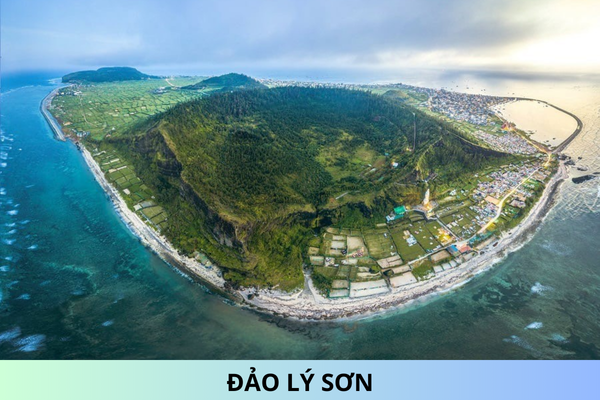Regulations on Space and Land Use in Existing Urban Areas in Construction Planning
Space and Land Use for Existing Areas in Urban Planning as stipulated in Section 2.7.1 of QCVN 01:2021/BXD National Technical Regulation on Urban Planning issued together with Circular 01/2021/TT-BXD. To be specific:
- Existing areas in urban zones must be specified in master plans and zoning plans. The planning for existing urban areas must ensure synchronized connections in terms of technical and social infrastructure systems with adjacent areas; and must not adversely affect the quality of the current infrastructure system.
- Land reserves for social infrastructure, technical infrastructure, and green spaces must be planned to incrementally approach the criteria of newly developed areas.
- For central urban areas with technical infrastructure that does not meet the regulations of this standard, urban redevelopment projects must assess the impact on the area's technical infrastructure.
- Parameters such as land lot area, construction density, building height, distance between structures, land use ratio, and changes in land use function must be defined in detailed planning schemes and urban designs.
- New street lines or expanded and renovated street lines must be planned and designed so that adjacent constructions are in harmony with neighboring structures, ensuring a cohesive aesthetic along the entire route; detailed planning and urban design must also consider current land lot shapes that do not meet landscape and construction safety requirements for adjustments and amalgamations.
- Structures within land lots not adjacent to street lines (newly opened, renovated and expanded, existing streets) must be planned to ensure that all buildings are ventilated, illuminated, conveniently accessible, and maintain safe distances for fire prevention and be accessible to firefighting vehicles and equipment.
- Industrial zones, clusters, and facilities causing pollution must be relocated. The land reserves after relocation must be reconsidered and prioritized for supplementary social infrastructure, green spaces, and the technical infrastructure lacking in the area.
- Renovation and refurbishment of industrial zones, clusters, and facilities must comply with regulations on technical infrastructure works; ensure environmental safety, fire, and explosion prevention, and urban landscape.
Respectfully.










